Apr 16, 2020
Report: Covid-19 patients recovering quickly after getting experimental drug
Posted by Nicholi Avery in category: biotech/medical
Covid-19 patients who are getting an experimental drug called remdesivir have been recovering quickly, with most going home in days, STAT News reported Thursday after it obtained a video of a conversation about the trial.
The patients taking part in a clinical trial of the drug have all had severe respiratory symptoms and fever, but were able to leave the hospital after less than a week of treatment, STAT quoted the doctor leading the trial as saying.
“The best news is that most of our patients have already been discharged, which is great. We’ve only had two patients perish,” Dr. Kathleen Mullane, an infectious disease specialist at the University of Chicago who is leading the clinical trial, said in the video.

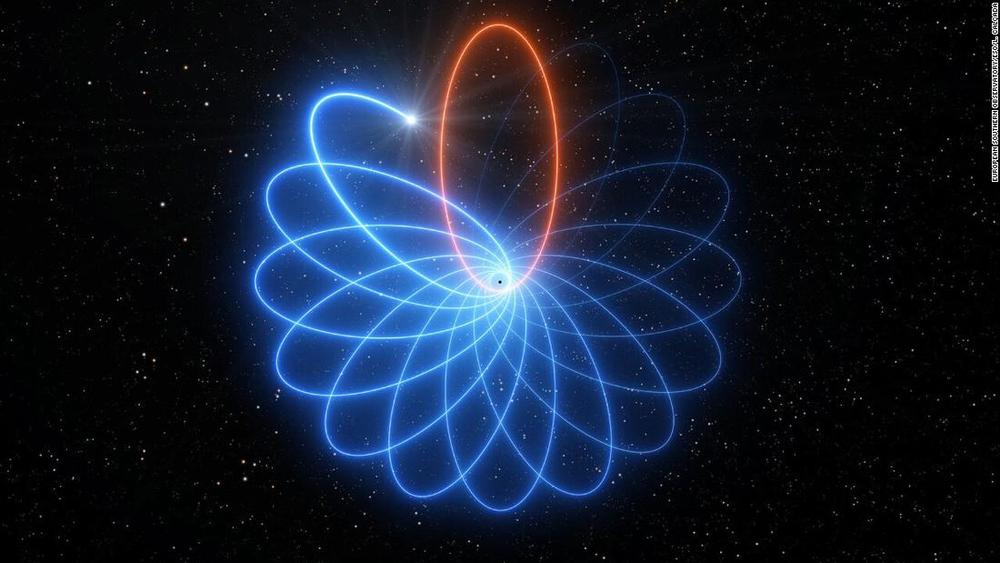
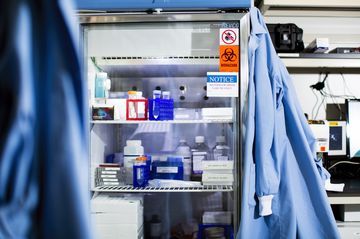
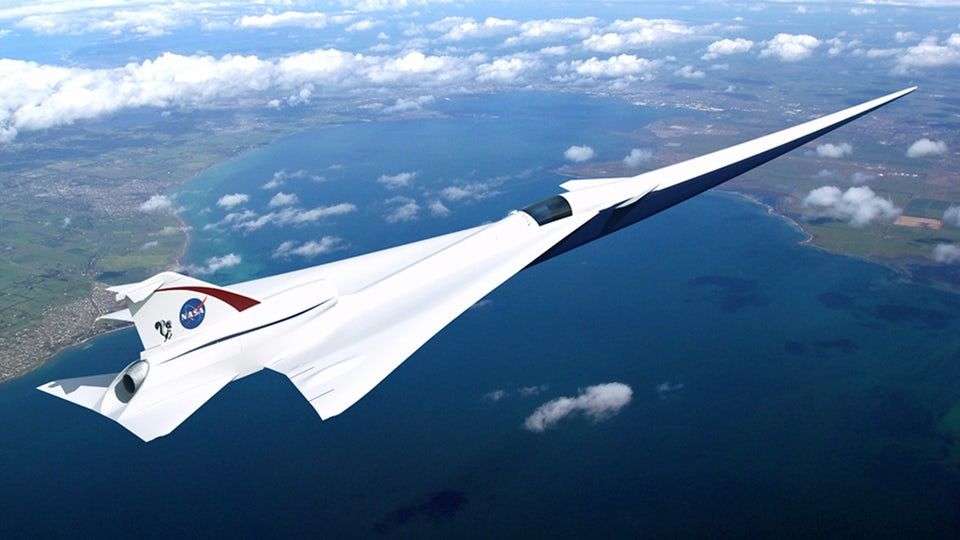
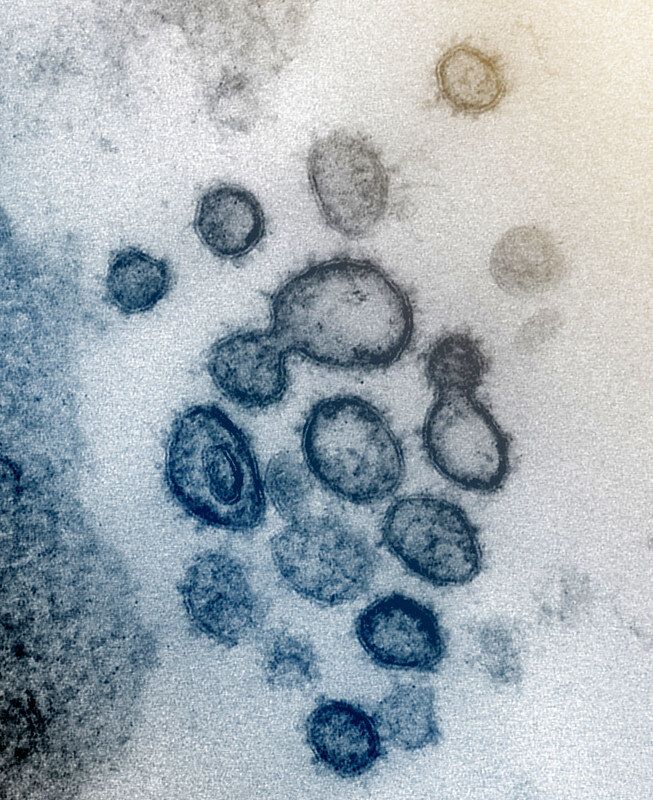

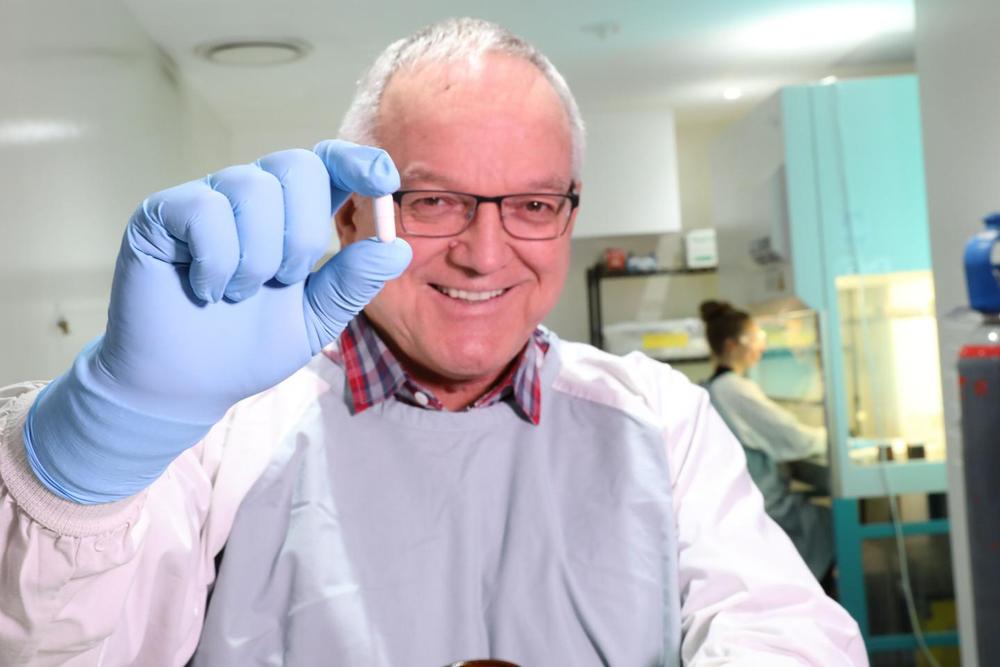
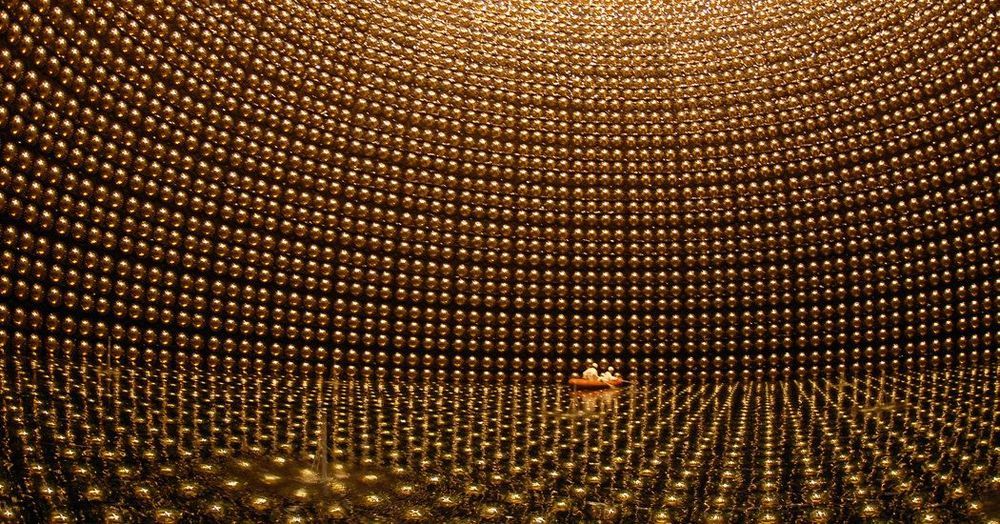
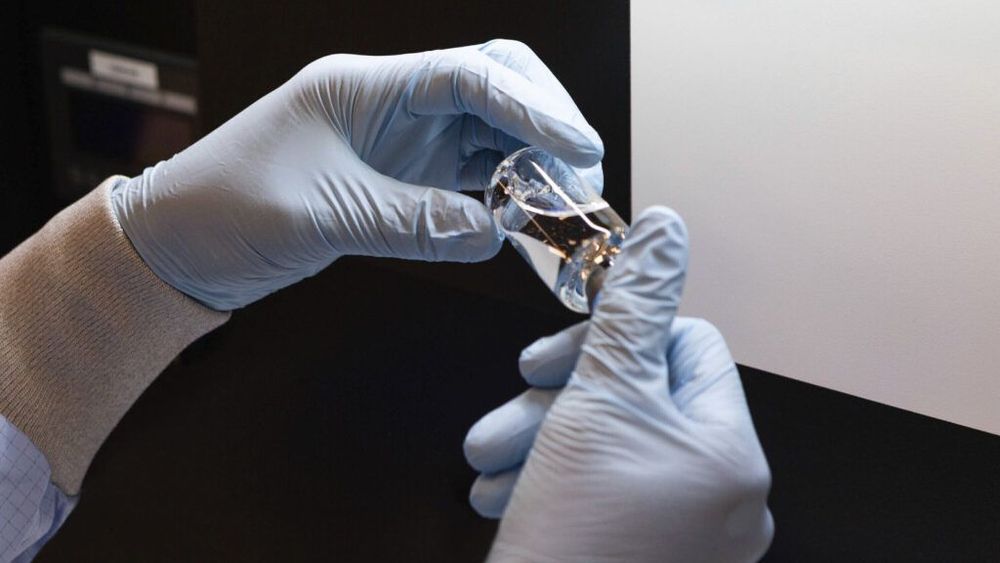
 We present a calculation of a neutrino decay scenario in the early Universe. The specific decay is ν_{2} \to ν_{1} + ϕ, where ϕis a boson. If there is a neutrino mass hierarchy, m_{ν_{e}} m_{ν_μ} m_{ν_τ}, we show that it is possible to generate stimulated decay and effects similar to atomic lasing without invoking new neutrinos, even starting from identical neutrino distributions. Under the right circumstances the decay can be to very low momentum boson states thereby producing something similar to a Bose condensate, with possible consequences for structure formation. Finally, we argue that this type of decay may also be important other places in early Universe physics.
We present a calculation of a neutrino decay scenario in the early Universe. The specific decay is ν_{2} \to ν_{1} + ϕ, where ϕis a boson. If there is a neutrino mass hierarchy, m_{ν_{e}} m_{ν_μ} m_{ν_τ}, we show that it is possible to generate stimulated decay and effects similar to atomic lasing without invoking new neutrinos, even starting from identical neutrino distributions. Under the right circumstances the decay can be to very low momentum boson states thereby producing something similar to a Bose condensate, with possible consequences for structure formation. Finally, we argue that this type of decay may also be important other places in early Universe physics.







